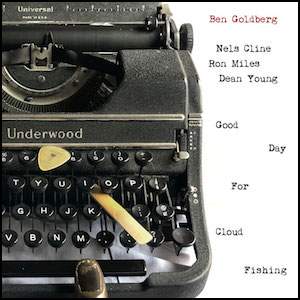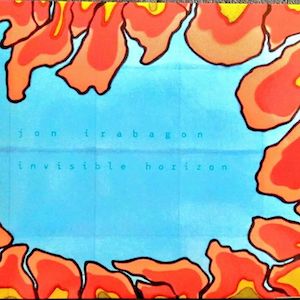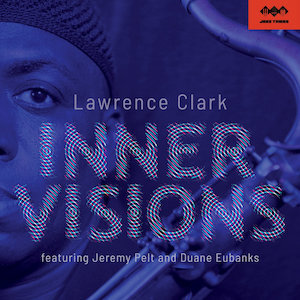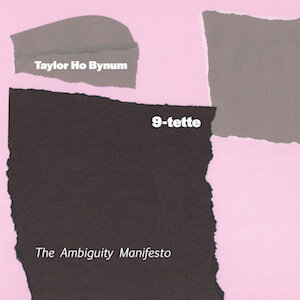Label: Pi Recordings, 2019
Personnel - Tyshawn Sorey: drums, percussion; Marilyn Crispell: piano.
The Adornment of Time marks a memorable encounter of drummer Tyshawn Sorey and pianist Marilyn Crispell, two musical masterminds who fully integrated the sounds of their instruments to create fervent narratives with stunning timbres and textural realizations. For more than one hour, non-stop, you can immerse yourself in a single stretching movement comprising moments of conscious determination and curious ambivalence, peace and disquietness, atmospheric coolness and propulsive agitation, devotion and irreverence. All created in the spur of the moment.
The session, recorded live at The Kitchen in New York, kicks off serenely percussive. Piano notes gently infiltrate a region initially made of rattles, chimes, ticking sounds, sudden thuds, and crystalline vibes. The dialogue had just begun, and Crispell effortlessly extends her playing from meditative considerations to acerbic notes and tense clusters of varied intensity, whereas Sorey surprises us with unexpected crashes, candid reflections, and thunderous menaces complemented with rich cymbal expression. The ideas flow uninterruptedly, resulting in haunting explorations, pauses and silences, minimalist angularity, and hasty motions.
The duo’s deep involvement with this music, in addition to their rejection of anything conventional or banal, result in an intriguing palette of emotional colors and tones. From the depth, these sonic canvases are expressions of sadness, beauty, reserve, exuberance, and reverie.
A certain passage comes equipped with a piano pedal around which everything else revolves, another one fuses classical and jazz elements on top of the diligent and tonally rich drumming running underneath, a couple of other have dramatic string sweeps on the piano intersecting unpredictable irregular rhythms. With all that said, have in mind that regardless the complexity and the atmosphere created, the music is always readable, never forced or impenetrable. In the majestic final part of the album, refractory and spiraling piano patterns combine with looming drum attacks for a monumental climax.
These constantly innovative instrumentalists were blessed with the capacity of listening thoroughly and the ability to respond confidently, whether by embarking on thematic development or injecting experimental ideas to create anew. This is uncategorized music keeping an ample sense of communication throughout a cutting context of density and intonation.
Grade A-








































